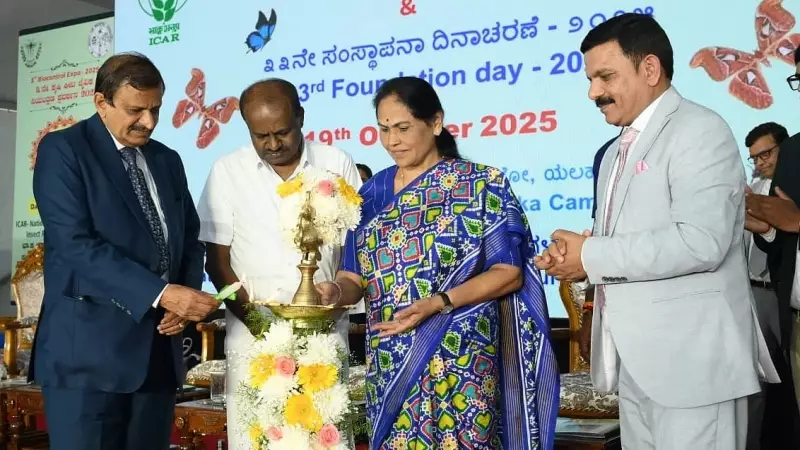
In a significant move to revolutionize farming practices in Karnataka, Union Minister H.D. Kumaraswamy has put forward an innovative agricultural strategy that could transform the livelihoods of thousands of farmers across the state.
The Dual-Cropping Revolution
During his recent address to the agricultural community, the Minister passionately advocated for integrating pulse cultivation with traditional staple crops like paddy and ragi. This forward-thinking approach aims to address multiple challenges facing the farming sector simultaneously.
"By growing pulses alongside your regular crops, you're not just planting seeds—you're planting prosperity," Kumaraswamy emphasized, highlighting the dual benefits of this method.
Why This Agricultural Shift Matters
The Minister's recommendation comes at a crucial time when farmers are grappling with fluctuating market prices and rising input costs. The integration of pulses offers several compelling advantages:
- Enhanced Soil Fertility: Pulses naturally fix atmospheric nitrogen, reducing the need for chemical fertilizers
- Additional Income Stream: Farmers can generate extra revenue from pulse crops without sacrificing their primary yield
- Risk Mitigation: Diversification protects against crop failure and market volatility
- Nutritional Security: Increases availability of protein-rich food sources locally
The Economic Imperative
Kumaraswamy's vision extends beyond immediate financial gains. He stressed how this agricultural model could position Karnataka as a leader in sustainable farming practices while ensuring long-term food security for the nation.
"This isn't just about today's harvest—it's about securing tomorrow's food basket while empowering our farmers economically," the Minister stated during his interaction with the farming community.
Government Support and Future Roadmap
The Union Minister assured comprehensive government backing for farmers adopting this innovative cropping pattern. This includes access to quality seeds, technical guidance, and market linkages to ensure the success of this agricultural transformation.
This initiative represents a significant step toward achieving sustainable agricultural development in Karnataka, potentially serving as a model for other states to emulate.





